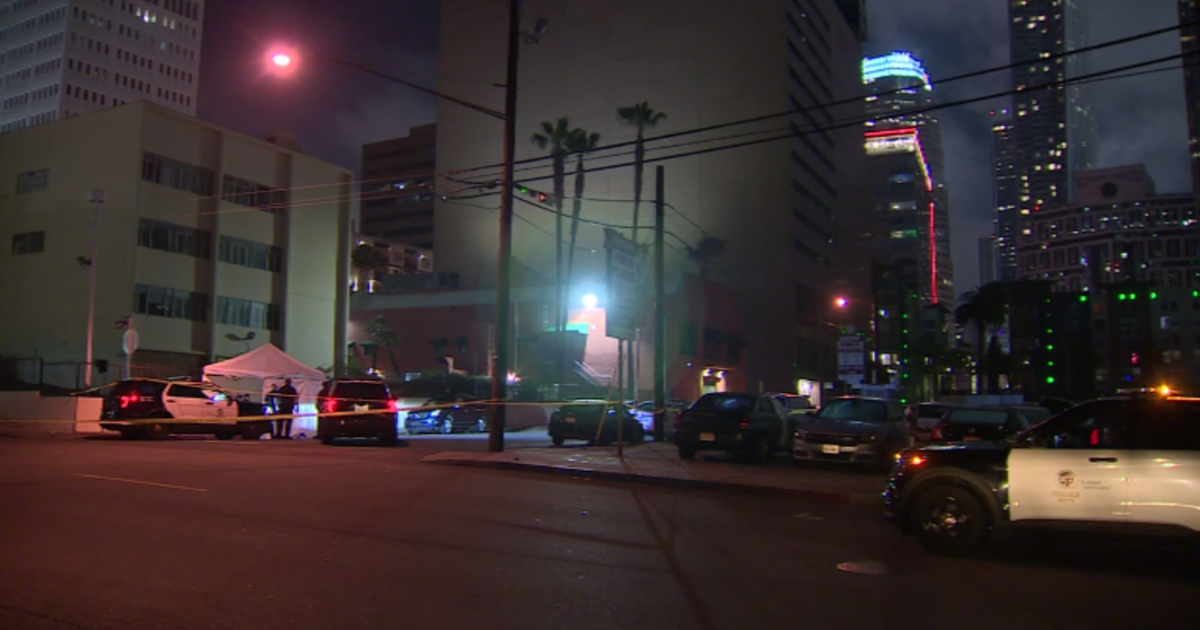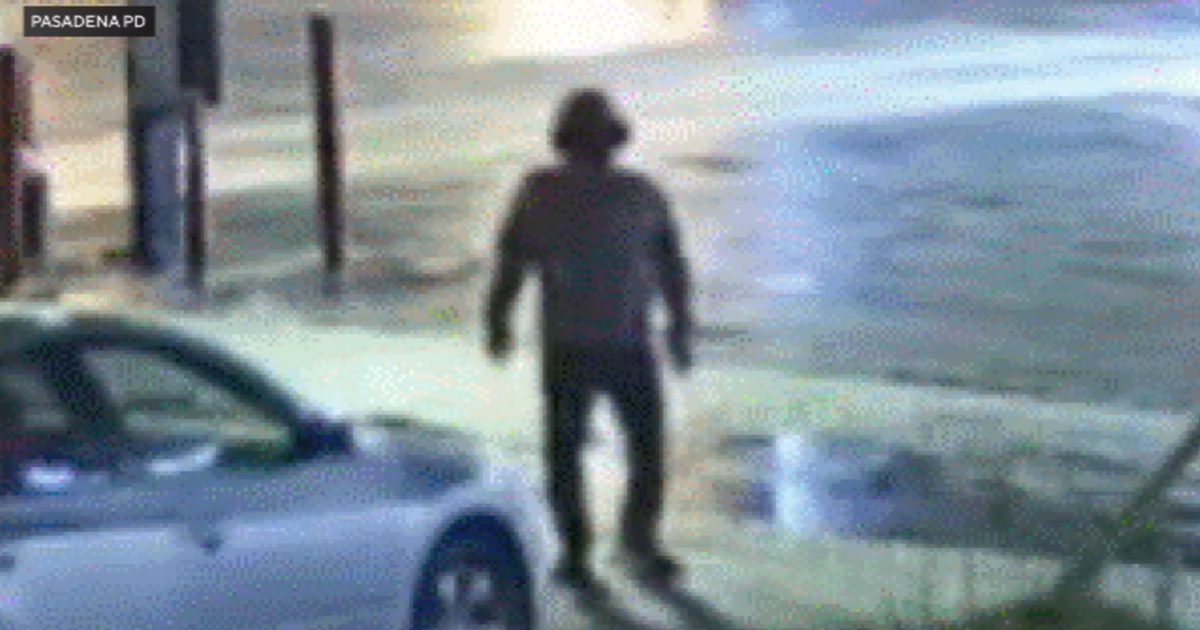CBS2's Stephanie Simmons Discusses Aspects Of Sig Alerts With CHP
LOS ANGELES (CBSLA.com) — Most motorists in California, at one point or another, have heard the term "Sig Alert", and are all too familiar with the delays and traffic issues it can cause.
However, the majority of drivers don't know quite what a Sig Alert is or what it may specifically mean for their drive.
"A Sig Alert is any unplanned event that causes a lane closure of one lane or more for more than 30 minutes," California Highway Patrol officer Juan Galvan said.
When an event, such as an accident, occurs, it is assessed by officers on the scene, who then decide whether or not a Sig Alert is necessary to be issued.
"If this accident is blocking lanes, and we see that we have injured parties, more than likely, it's going to take more than 30 minutes to clear the road," Galvan said.
Most people also don't know that the term "Sig Alert", which is recognized state-wide, stems from the name of an individual who made his mark on the broadcast industry in the 20th century.
"Back in the fifties, broadcast pioneer Loyd C. Sigmon, he's the one the coined the phrase," Galvan said.
Sigmon, who was an engineer at KNPC-Los Angeles at the time, developed a new method for the LAPD to alert radio stations throughout the city about traffic.
The alerts initially became known as "Sigmon Alerts", and were later shortened to simply "Sig Alerts".
"And when the CHP adopted it back in the sixties, it just kind of grew on, then took a life of its own," Galvan said.
While the majority of Sig Alerts appear in the form of accidents, other incidents and occurrences, such as the bridge overpass that burned down in early May on the I-15, or the collision of a box truck with a tractor trailer on the I-210 eastbound freeway shortly before that, also prompt the issue of an alert.
Both Sig Alerts resulted in complete freeway shutdowns for extended amounts of time.
In rare cases, some Sig Alerts could be issued on surface streets, as opposed to the more common alerts on freeways.
"Generally they are on the freeway, but they can be issued for surface streets," Galvan said. "It just depends if you have to shut down a whole intersection."
So what should motorists do when a Sig Alert is issued?
"They should try and plan accordingly, 'okay, well, if it's going to be 30 minutes or an hour', if it seems like it's going to take you longer, you should find an alternate route."



